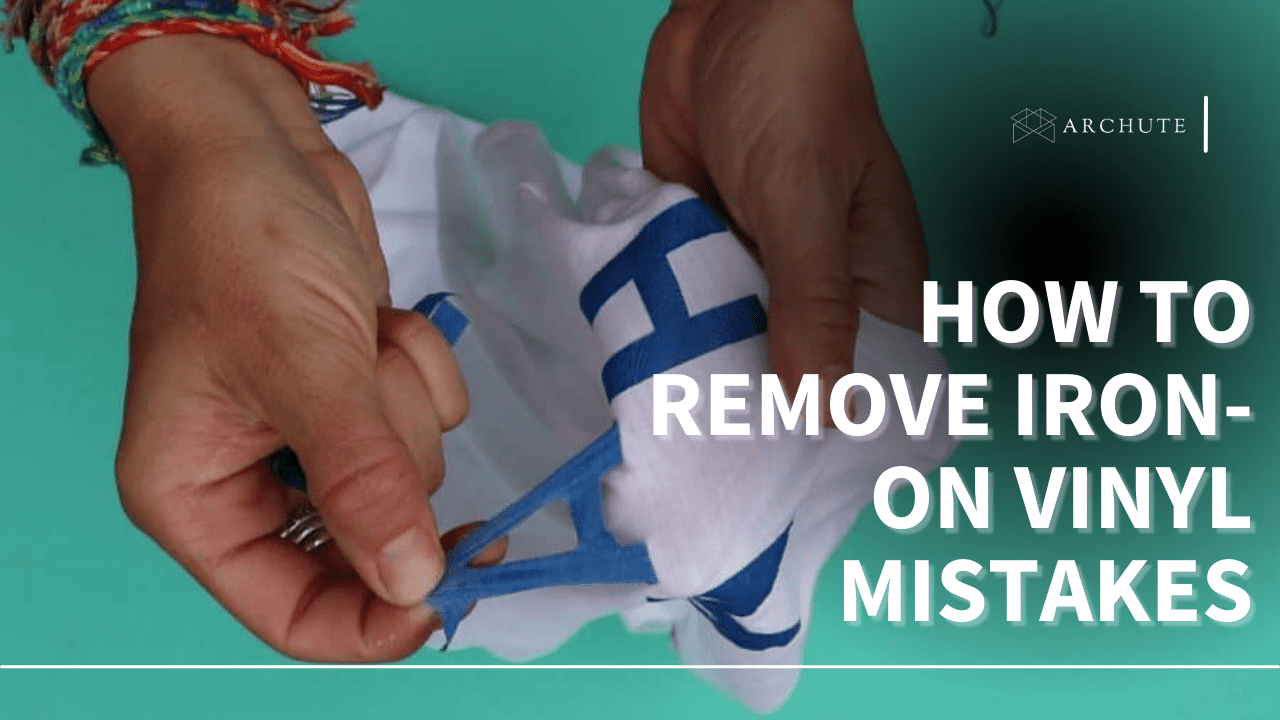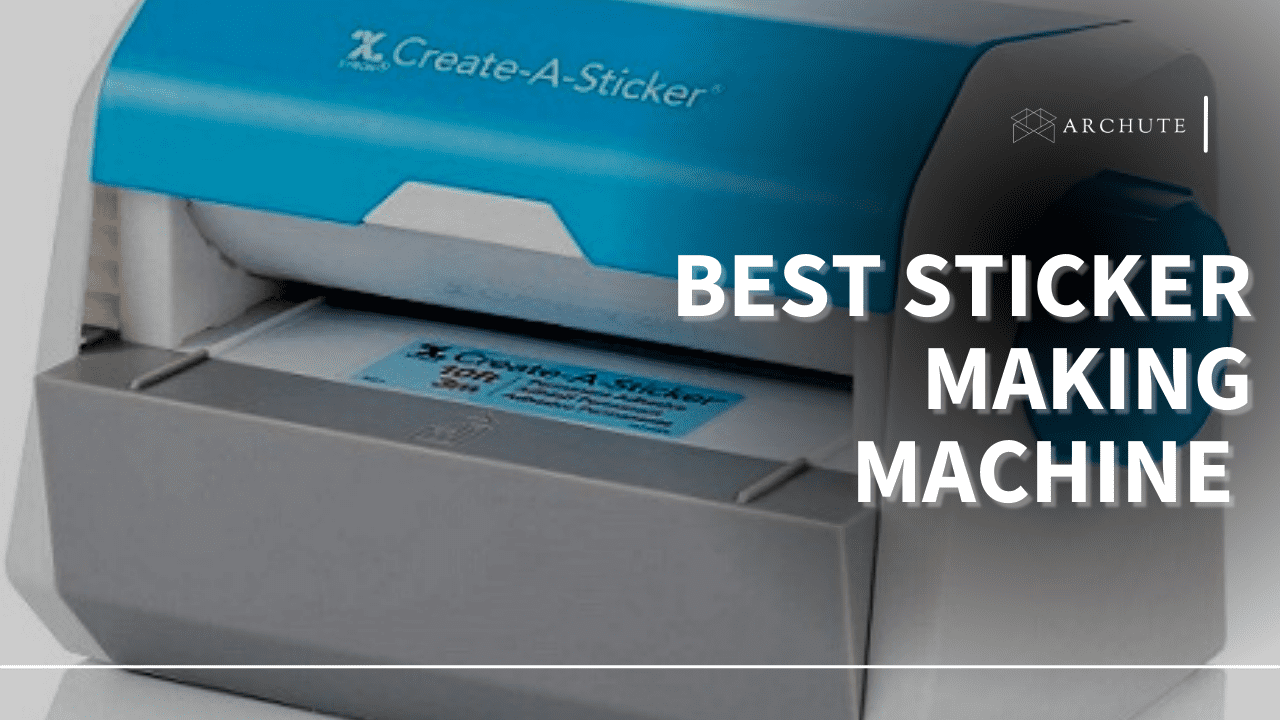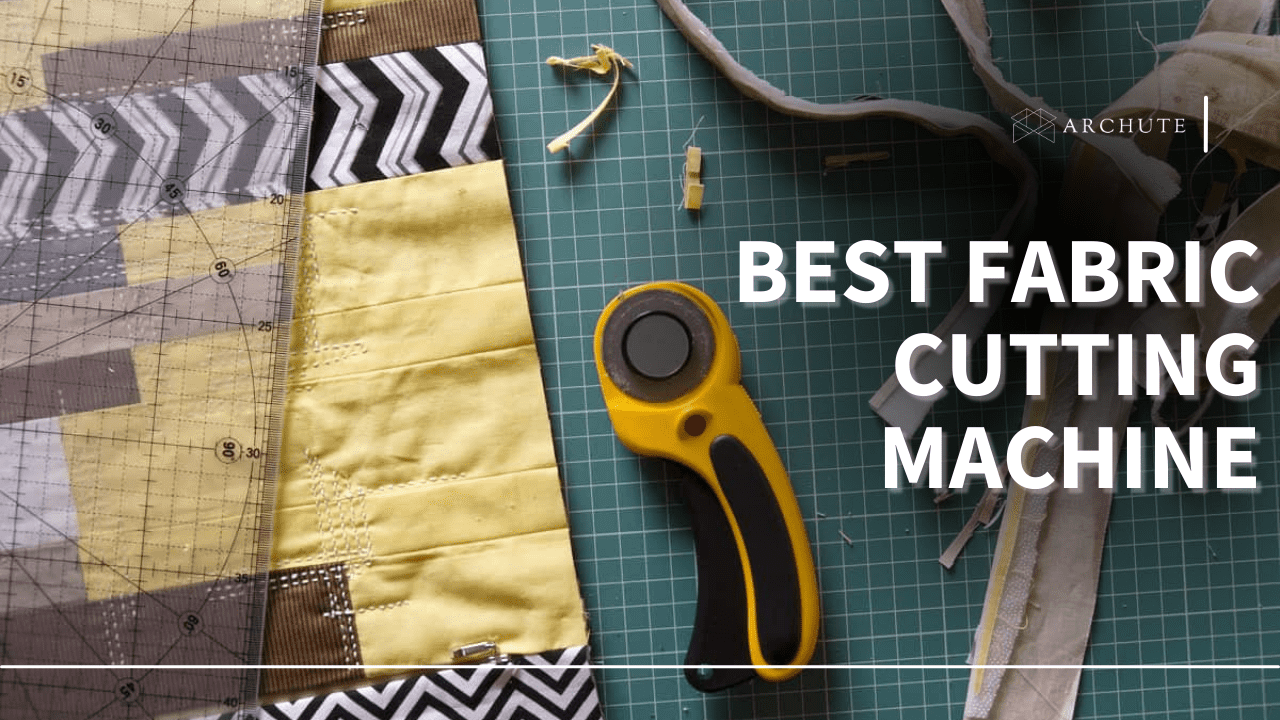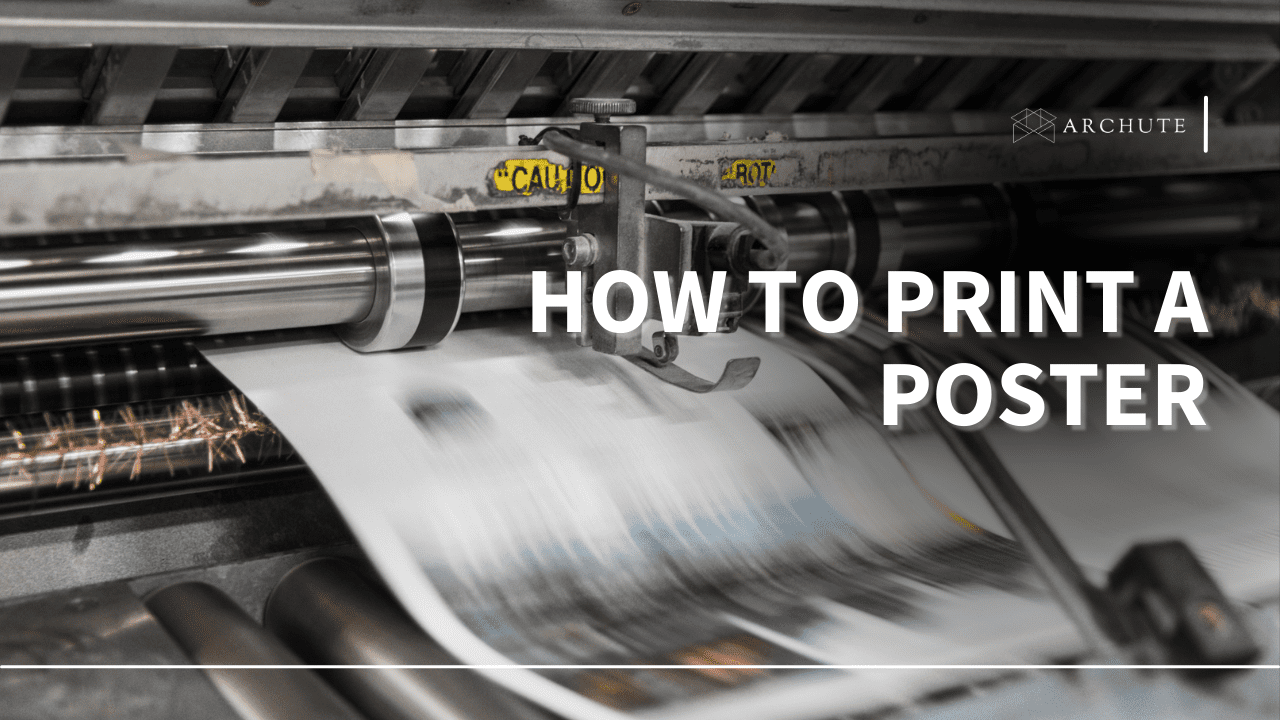Iron-on transfers are pretty popular in the crafting industry because they offer a permanent and high-quality finish. Whether you want to cut intricate designs or make a statement with your clothing, these products are versatile. The application may be simple, but do you know how to remove iron-on vinyl?
If you are trying to revamp your wardrobe by adding bespoke style to old t-shirts or starting a crafting business, finding efficient ways to remove heat transfer vinyl mistakes is vital. After all, you would want to remove the vinyl polymer and heat-activated adhesive without messing up the fabric. We have grouped the best solutions into three categories, depending on the materials you have at hand.
How to Remove Heat Transfer Vinyl
1. Chemical Solvents
a). Vinyl Remover
The AlbaChem Heat Transfer Vinyl Letter Remover is a chemical solvent that dissolves the adhesive to allow you to peel off the vinyl polymer. Although the product is popular and works quickly, you need to observe certain precautions when using it. For instance, you may need to wear protective gloves and do the job in a well-ventilated area because of the strong chemicals and fumes.
Regardless of the one you choose to buy, it is crucial to follow the instructions to ensure you are doing the right thing. Otherwise, you may ruin the fabric or leave plenty of residue on the materials. Still, most of them follow a similar procedure for removing heat transfer vinyl.
For starters, you need to apply the remover on the underside of the fabric where the vinyl transfer was made. Also, ensure you use the recommended amount to get the best results. Afterward, try to loosen the fabric's fibers underneath the vinyl transfers by tugging on it so that the remover can seep into the parts with the adhesive.
Once you are confident the area has soaked in the chemical solvent, you can use a pair of tweezers to pick at the edges for smooth vinyl liftoff. Again, remember to be gentle when peeling so that you can get it off in as few pieces as possible. Finally, you can finish by putting the t-shirt in the wash to remove the solvent and any residue left.
b). Acetone
Similarly, acetone, such as a nail polish remover, can remove unwanted HTV mistakes by dissolving the adhesive backing. Ideally, you can follow the steps described above for the commercial vinyl remover, but you should use more generous amounts of acetone. Hence, a bucket will suffice to capture the excess acetone when soaking the material thoroughly.
Once you are done, rinse the chemical away with plenty of water before throwing it in the washer. This method works well to remove the entire design from a t-shirt. However, you should consider the first option if you try to remove HTV mistakes instead.
c). Goo Gone
Goo Gone is another chemical-based product that is excellent at helping you remove heat transfer vinyl. Still, this adhesive remover can be tricky to handle as it has numerous strong chemicals. Consequently, you need to wear protective gloves, use eye protection and do the process in a well-ventilated area.
Start with placing a plastic sheet over your working area to ensure the liquid does not spill on any furniture. Next, turn the t-shirt inside and apply the adhesive remover where the vinyl attaches to the fabric. Once you are finished, turn it over carefully to reveal the entire design and apply Goo Gone here as well.
Allow the setup to soak for about half a minute before using tweezers to remove vinyl. If the whole thing still feels stuck, you can add more of the product and try again. Finally, rinse the t-shirt to remove the adhesive remover before washing it.
2. Using Heat
a). Iron Technique
The heat press technique is a quick fix for most iron-on transfers where the fabric is made of cotton. Still, using a hot iron directly onto the vinyl polymer can cause the substance to stick on it or the ironing board and even damage your appliance. Try to be careful.
Go with the hottest temperature setting for your iron, but do not exceed the recommended level for the material you are working with. Use a towel inside the t-shirt to act as a buffer between the appliance and the ironing board. Afterward, use a regular piece of paper to cover the entire design or the area you have made a mistake. Avoid working with papers with a waxed layer as the hottest setting will melt them.
Place the iron on the paper and press it on the heat transfer vinyl for at least half a minute. Next, lift the appliance and peel off the paper, which should now have the vinyl polymer stuck onto it. You can use a different paper for each press.
b). A Hair Dryer
Removing heat transfer vinyl with a hairdryer is an excellent high heat method where you do not have to risk ruining the device. Like the other way, you will need a towel or a piece of cardboard on the inside to prevent making a mess. Afterward, ensure you place the clothing on a flat surface while the hairdryer is on the highest hot setting.
Hold the device as close to the fabric as you can without contact, as the vinyl polymer may damage the appliance. Next, apply heat for about half a minute to the whole design carefully. Once done, you can peel away the heat transfer vinyl (HTV). You have free reign to repeat the process until you are satisfied with the results.
3. Household Solutions
a). Rubbing Alcohol
Using rubbing alcohol is a safer way to remove heat transfer vinyl mistakes when compared to other methods that use strong chemicals. Consequently, you will not require protective gear or deal with toxic fumes. In addition, it works well if you are dealing with materials that do not do well when using heat to remove vinyl.
Nevertheless, the effectiveness of using this household solution is not on par with using the chemicals we covered above. Still, you can save money as the product is pretty affordable. Additionally, you can work with any concentration, provided you follow the safety instructions that came with the bottle.
Regardless of the one you choose, the process of removing vinyl letters or glitter vinyl remains the same. First, use a bucket when soaking the fabric after you have turned the t-shirt inside out and the area with the polymer faces up. Then, ensure you pour an adequate amount over the material while the excess liquid goes into the bucket.
Try to loosen the fibers by tugging on the fabric where the HTV is applied. Next, turn the t-shirt back properly and use a razor blade or tweezers to scrape away the polymer. Feel free to repeat the procedure until you are satisfied with how it looks. Finally, rinse the t-shirt before washing it to remove the rubbing alcohol.
b). Petroleum Jelly
If you make a mistake while adding heat transfer vinyl and do not have all the options above, you can use petroleum jelly to rectify the issues. Remember that you will have to invest plenty of time and effort to remove vinyl designs from fabrics. However, this method works best for cleaning up residues after trying any of the options above.
Start with turning the garment inside out to reveal the vinyl backing. Ensure you stretch the fabric and let it remain taught and flat by adding a piece of cardboard on the inside for support. Afterward, rub the jelly over the area. You should include a small amount of liquid laundry detergent and continue rubbing the mixture.
Once you observe the adhesive forming clumps, you are almost done. Use hot water to remove the adhesive mixture, detergent and petroleum jelly.
Since the oil from the jelly can form a patch on the fabric, wash the material immediately after you are done with the process. Still, you can repeat the intensive process if there are residues left.
Frequently Asked Questions (FAQs) on Removing HTV
1. How do you remove heat transfer vinyl from polyester fabrics?
Since you can run the risk of damaging a polyester material when you use heat to remove HTV, chemical options may be your best bet. Still, the fabric is fragile, so test out the chemical solvents on a small patch before you begin working on removing the whole design. After all, you will not want the vinyl successfully removed if the t-shirt loses color in the process.
2. What is the fastest way to remove heat transfer vinyl mistakes?
Depending on the material you are working with, using a dedicated vinyl remover will save plenty of time. Still, heat methods are pretty fast as you can do them without setting up.
















